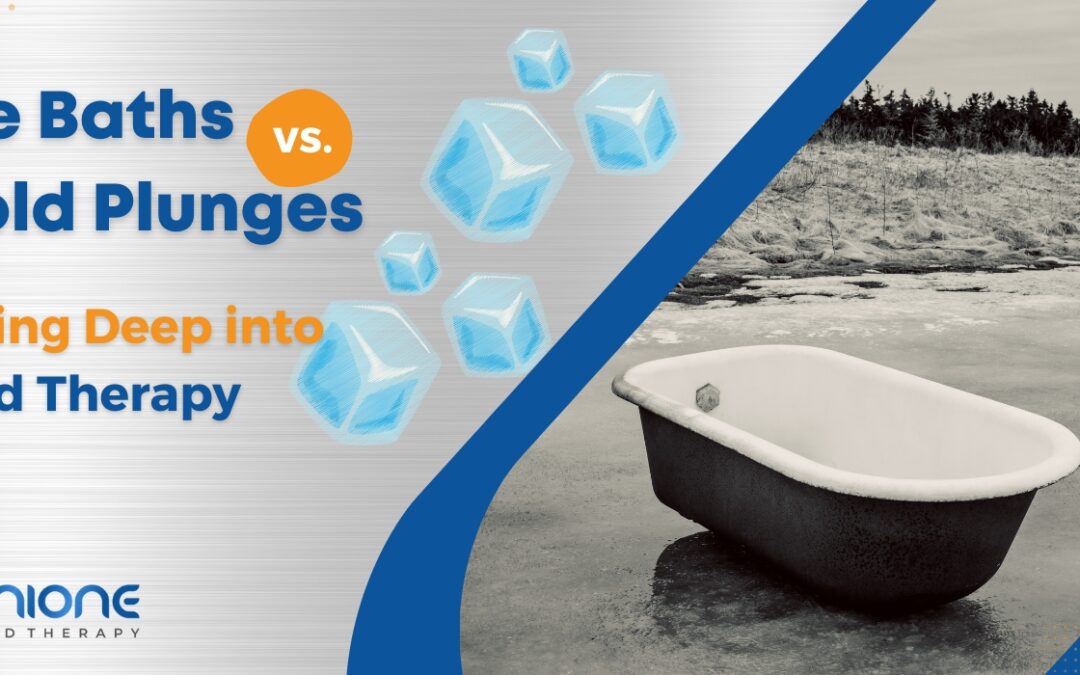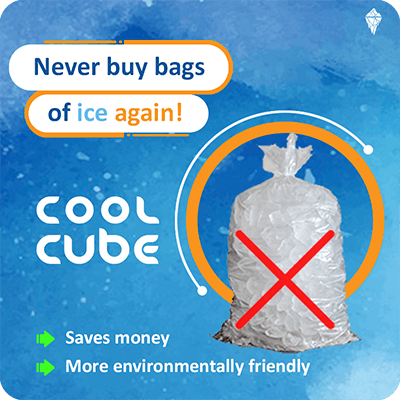Cold therapy, a practice deeply rooted in human history, has seen a resurgence in recent years, driven by both elite athletes and health enthusiasts alike. Among the popular modalities of cold therapy are the iconic ice bath and the increasingly prevalent cold plunge. But what exactly differentiates these two? And what do they have in common? If you’re looking to dive into the frosty world of cold therapy, this article will break the ice!
1. What are they?
Ice Baths: The ice bath, as the name suggests, is a bath filled with ice and water. Athletes and trainers commonly use them to alleviate muscle soreness after intense physical exertion.
Cold Plunges: A cold plunge, or cold plunge pool, is essentially a small, deep pool filled with chilled water. While its primary purpose is also for recovery, it’s designed for quick, immersive dunks rather than prolonged soaks.
2. Temperature Differences
Ice Baths: Temperatures typically range from 3 to 10°C. The ice in the bath ensures that the temperature remains consistently cold for the duration of the therapy.
Cold Plunges: Cold plunge pools are maintained at cooler temperatures, often between 1°C to 5°C). With the help of ice bath chillers, the temperature remains consistent, eliminating the need to regularly add ice.
3. Duration of Use
Ice Baths: Users typically remain in ice baths for 3-10 minutes. The time can vary depending on individual tolerance and the specific recovery needs.
Cold Plunges: Cold plunges are designed for shorter durations – usually around 1-3 minutes. The idea is to immerse quickly, experience the therapeutic shock, and then exit.
4. Benefits
Both ice baths and cold plunges offer numerous benefits:
Muscle Recovery: The cold temperatures help reduce muscle inflammation and soreness post-exercise.
Improved Circulation: The cold immersion causes blood vessels to constrict and then dilate upon exiting, boosting circulation.
Enhanced Immune Response: Regular cold therapy can lead to an increase in white blood cells, improving the body’s immune response.
Mental Sharpness: The cold experience can heighten alertness and clarity of thought.
5. Equipment and Maintenance
Ice Baths: An ice bath can be as simple as a tub filled with water and ice. However, maintaining the desired temperature requires regular addition of ice. For a more controlled experience, many opt for ice bath chillers.
Cold Plunges: Cold plunge pools are equipped with chillers to maintain consistent temperatures. They require regular cleaning and maintenance to ensure water quality
Conclusion
Whether you’re leaning towards the crunchy embrace of an ice bath or the deep dive of a cold plunge, both options offer incredible benefits for body and mind. Whichever path you choose, the refreshing chill of cold therapy awaits.
If you’re interested in equipping yourself for the ultimate cold therapy experience, explore our range of ice baths and chillers, tailored to enhance your recovery journey. Dive in, and experience the chill!





